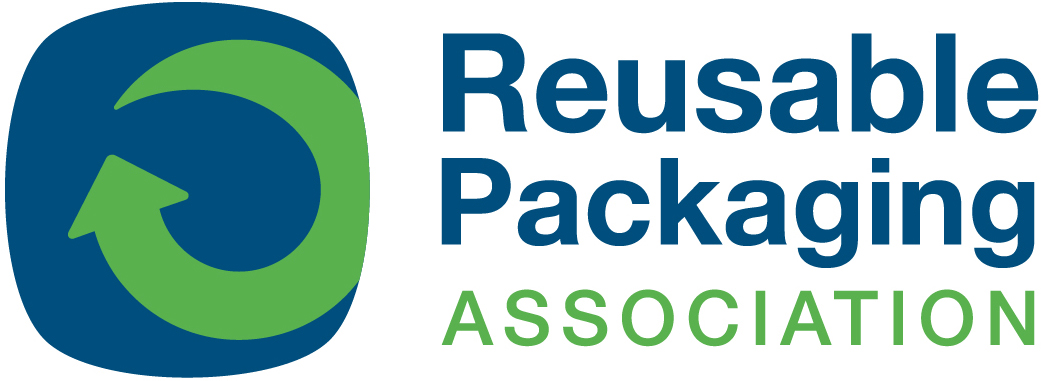There are now bigger waves forming on the horizon for reusable packaging, offering tsunami-size potential in their value for sustainable material management, system visibility and information, and economic growth. Thanks to rapid technology advancements and market shifts to circular economies, new opportunities abound for reusable supply chains, particularly in the after-use reverse direction. Here are three fast-developing breakthroughs creating new value propositions for a reusable packaging system:
- Material Sourcing and Manufacture: reusable packaging can serve as an important market for post-consumer recycled content (PCR).
Trash is accumulating at record amounts, and recycling rates aim to keep up. The market value of U.S. consumer packaging materials not recycled in 2010 was $11.4 billion. And it is estimated that only 14 percent of plastic packaging is recycled worldwide. The urgent need to increase recycling rates may be best exemplified by the plastic beverage bottle market, where 480 billion plastic drinking bottles were sold around the world in 2016 (that’s one million bottles bought every minute), up from 300 billion ten years ago, with a forecast of 583 billion by 2021. In the U.S., the overall recycling rate for plastic bottles is 31.1% with polyethylene terephthalate (PET) and high density polyethylene (HDPE) making up the largest share of recycled plastic bottle content at 61% and 38% respectively. Currently, only about 7% of those plastic beverage bottles collected and recycled is used to make new beverage bottles.
Creating new and growing markets for recycled material will help to increase the demand and material value for greater supply. Establishing new markets is becoming more imperative as traditional markets wane, such as major importer China announcing an end to accepting waste materials. As a buyer of recycled materials for the manufacture of new or repaired reusable packaging products, the reusable packaging industry can be a desired market outlet for PCR. And as more supply chains convert to a reusable packaging system, more PCR can be used. The reusable packaging market for PCR looks even better when considering that the recycled content is put into products intended and managed for continuous reuse and extended service life.
- Asset Tracking and Inventory Management: reusable packaging will be an intelligent product in a smart cycle capturing supply chain data for business planning and execution.
Next year connected sensors and devices to the Internet of Things (IoT) are expected to surpass mobile phones, with IoT-related devices (non-phone or PC) to increase at an annual growth rate of 23 percent through 2021 to reach 16 billion. And the technology and services are now available to connect reusable transport packaging products. The ability to track location and monitor conditions in real time down to the secondary or tertiary packaging level will transform supply chain visibility and knowledge, generating data to support business functions such as inventory planning and predictive analytics.
In a 2017 MHI Annual Industry Report, 80% of survey respondents believe the digital supply chain will be the predominate model within 5 years. Using connected automatic identification and sensor technologies, “the potential benefits for supply chains include end-to-end visibility and predictive modeling capabilities that result in optimized agility and performance, reduced risk, improved operational processes, faster delivery times and reduced costs.” Connected reusable packaging products will play a significant role in the digital supply chain, and offer tremendous and unprecedented value to suppliers and users.
- Product Restoration and Repositioning: reusable packaging systems will be a stimulus for new economies that extend material life and product use.
Reverse logistics activities for recovering and reusing materials offer economic growth opportunities. Internal or third-party services including inventory consolidation, backhaul transportation, repair and refurbishment, cleaning and sanitization, and forward distribution can lead to new businesses and job creation.
In closing loops for circular supply chains, production is replaced by sufficiency: “reuse what you can, recycle what cannot be reused, repair what is broken, remanufacture what cannot be repaired.” These activities strive to keep the material at its highest utility and value at all times. It is estimated that over $1 trillion a year could be generated for the global economy and 100,000 new jobs created by 2025 from activities that increase the rate of recycling, reuse and remanufacture. Several RPA members already specialize in and perform such reverse supply chain roles, and the growth of reusable packaging systems will expand the services and economic impact.
Reusable packaging will be a market for PCR, a device for a digitally connected supply chain, and a channel for economic growth. These waves of new value potential will create a rising tide for the reusable packaging industry with stronger currents for companies to adopt, optimize and benefit from reusable packaging systems.
– – – – –
Tim Debus
President & CEO
Reusable Packaging Association

